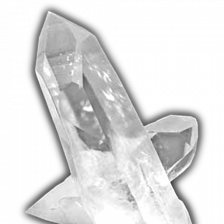Kosada is Developing a Next-Generation Programming and Performance Environment for Multimedia Artists
Kosada is developing Vuo, a next-generation visual programming environment. It will enable multimedia artists to create powerful real-time audiovisual projects, data visualizations, and apps — all without writing code.
With Vuo, non-programmers will be able to create their own multimedia software for interactive art and music performances, animations, visualizations, games, special effects, museum exhibits, kiosks and other artistic projects. Rather than writing code in a traditional computer language, the composer will drag and drop building blocks onto a canvas, connecting those blocks with cables to create the composition. Unlike most programming environments, artists will be able to interact with their Vuo compositions while they are running, allowing for live improvisation.



 Apple has been busily working to 64-bit-ify all of the frameworks they plan to continue supporting into the future (Snow Leopard and beyond). However, QuickTime is scheduled for some nice Cocoaification, so it didn’t get much 64-bit love.
Apple has been busily working to 64-bit-ify all of the frameworks they plan to continue supporting into the future (Snow Leopard and beyond). However, QuickTime is scheduled for some nice Cocoaification, so it didn’t get much 64-bit love. 


 The Kineme Quartz Composer patches now have a proper home at
The Kineme Quartz Composer patches now have a proper home at  Here’s a new version of the Xcode Template for Custom Quartz Composer Patches.
Here’s a new version of the Xcode Template for Custom Quartz Composer Patches. A few weeks ago I stumbled upon a
A few weeks ago I stumbled upon a